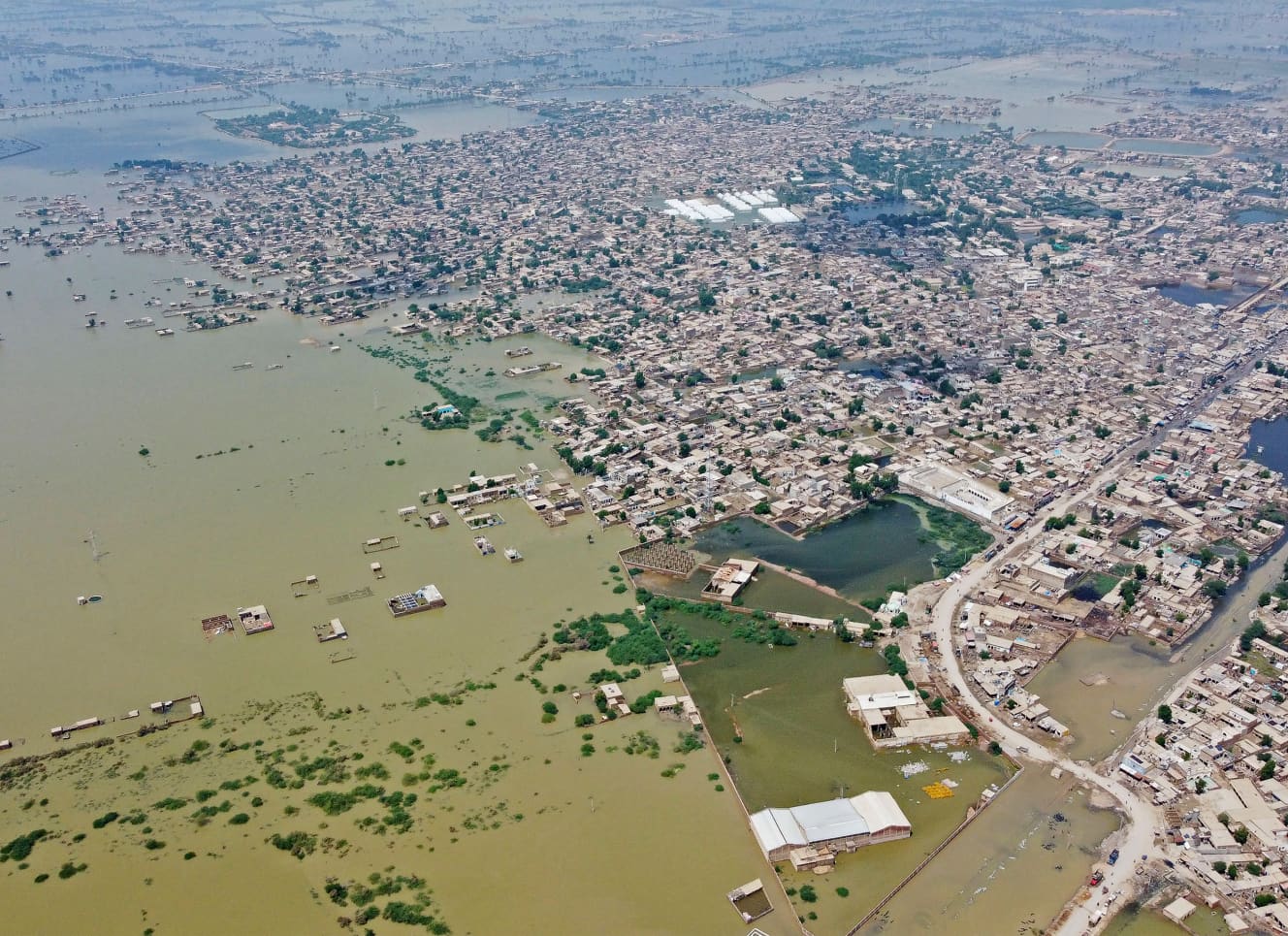Not a fiction…Japan may sink due to “killer extreme weather
In Spain, a girl died when a hailstorm with a diameter of 10 cm hit the country, South Korea was hit by the heaviest flood in 100 years, and one-third of Pakistan was submerged in water.

The “huge hailstorm” that hit the Catalonia region of Spain on August 30 shocked the world.
In the middle of a rainstorm, ice cubes with a diameter of more than 10 cm suddenly poured down for 10 minutes, destroying the roofs of houses and windshields of cars. About 50 people suffered broken bones and other injuries, and an 18-month-old girl died.
Hailstorms form in cumulonimbus clouds. As small ice particles move up and down in the turbulent updrafts and downdrafts, a lot of water vapor sticks to them and they form a block of ice that falls to the ground. The more powerful the cumulonimbus cloud, the larger the hail, and it is not often that a cumulonimbus cloud that can drop hailstones larger than 10 cm occurs,” says Akira Mori, a meteorologist.
That is not all. Pakistan has been experiencing flooding since June due to precipitation that is about three times the normal amount and in some provinces more than five times the normal amount. Local Climate Change Minister Shelly Rehman said, “One-third of Pakistan has been submerged. There is no dry land, so where can we drain the water? The number of affected people is said to exceed 33 million, and as many as 1,300 people have been killed.
In late August, the U.S. state of Mississippi experienced heavy rains that are said to occur “only once in 500 years,” causing extensive damage. The flooding has destroyed the functions of water treatment plants, and people are unable to wash their faces with tap water.
Has the world’s climate broken down? Mr. Mori explains the mechanism of the abnormal weather occurring on a global scale.
The major cause is the meandering of the prevailing westerly winds, which affects rainfall. This causes cold and warm air in the sky, which affect rainfall, to change its flow or undergo drastic temperature changes, resulting in heavy rainfall in many parts of the world. Cumulonimbus clouds in Spain were also caused by this effect.”
The cause of the meandering of the westerly winds is not yet clear, but it is said that anomalies in sea surface temperatures are having an effect. In fact, with regard to the vicinity of Japan, sea surface temperatures around the Philippines and Indonesia have been rising, which caused a front to form where it normally would not have done so in previous years, bringing record-breaking rainfall to the Tohoku region and South Korea in early August. In Seoul, the heaviest rainfall in 100 years, 140 mm per hour, caused power outages and flooding in many areas, paralyzing urban functions.
Japan also needs to be on the lookout for such killer downpours this fall. The above-mentioned Mr. Mori said, “Sea surface temperatures are high, which means that the sea surface temperature is high.
The high sea surface temperatures mean that there is a lot of energy stored in the ocean to cause rainfall. There is a great possibility of multiple giant typhoons. In addition, an autumn rain front will form in September and October. If a typhoon approaches from the south, it will be even more dangerous. Even if the typhoon does not make landfall, it will send a large amount of moisture into the front, which alone can cause record-breaking rainfall. Whether it is an autumn rain front or a typhoon, there will be a lot of water vapor, which is the source of rain clouds, this year, so the possibility of heavy rainfall is high.
A huge typhoon and a powerful autumn rain front could hit Tokyo. If the capital city is paralyzed as in Seoul, Japan itself is in danger of sinking.





From the September 23, 2022 issue of FRIDAY
PHOTO: Afro